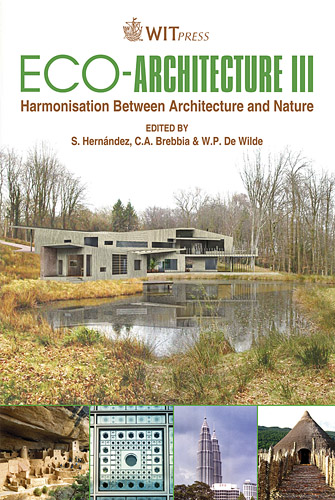Evolution Of The American Zero Energy House
Price
Free (open access)
Transaction
Volume
128
Pages
11
Page Range
471 - 481
Published
2010
Size
401 kb
Paper DOI
10.2495/ARC100401
Copyright
WIT Press
Author(s)
S. Russell
Abstract
Interest in reducing energy use in buildings began in the U.S. in the 1930s with work on solar heated structures at the Massachusetts Institute of Technology. With the energy crises in the 1970s, efforts were made to reduce energy use in U.S. homes. Passive solar design involved insulated south oriented glazing systems, Trombe walls, sunspaces, flat plate collectors, thermal mass, and optimally designed overhangs. It was discovered that by reducing building cooling and heating needs through energy conservation while implementing passive solar strategies the lowest energy use at a lower incremental cost could be achieved. Super-insulated homes were successful at minimizing heat loss and gain and the subsequent load on mechanical systems, but interest subsided as energy prices dropped in the 1980s. The passive solar homes and superinsulation movements addressed passive heating and cooling, but other home energy end uses were not addressed. Throughout the late 1980s, the cost of solid state solar electricity production with photovoltaic cells declined and become affordable for individual house distributed generation. This paper is a survey of the evolution of the Zero Energy House in the U.S. and the related technologies from its experimental beginnings to its realization in several recent projects. Keywords: energy efficiency, sustainable buildings, ZEH, solar, renewable energy. 1 Introduction Today's buildings consume more energy than any other sector of the U.S. economy, including transportation and industry. Of the millions of buildings in the U.S. most were built in 1979 and prior, providing us the tremendous opportunity to reduce the nation's energy consumption by increasing the efficiency of aging buildings through retrofits or replacements as needed.
Keywords
energy efficiency, sustainable buildings, ZEH, solar, renewable energy





